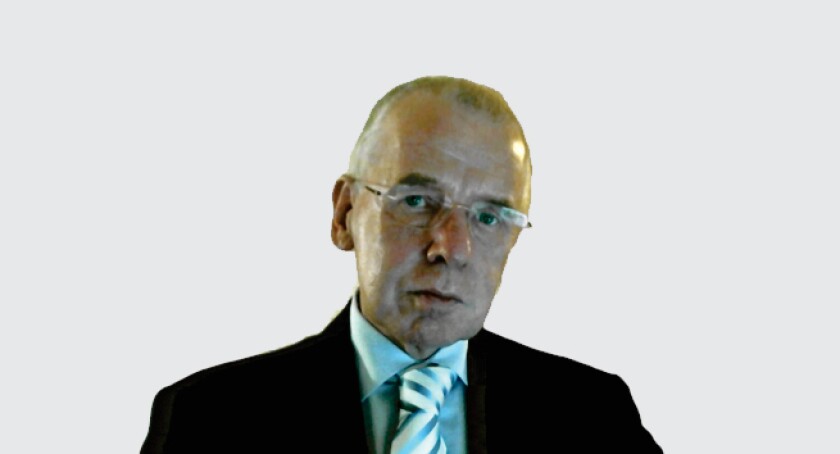Two mobile communications licences have been awarded in Myanmar, respectively to Ooredoo and Telenor. Two others will also be issued to local companies, which are now seeking to partner with international operators. Myanmar is virgin territory for towers. Little infrastructure exists at this time. Significant buildout is thus required. Enda Hardiman, Managing Partner of consultancy Hardiman Telecommunications Ltd., looks at opportunities and challenges for towercos.
Myanmar is unique in that it boasts a population of 60m and mobile penetration of less than 5%. As the country reforms and re-enters the international economic and financial system, significant opportunities present. Commitment to reform is not in doubt. A mobile licensing competition conducted in 2013 attracted interest from major regional and global operators. The competition, managed by consultants Roland Berger, was viewed by the industry as fair, transparent and efficient. Ooredoo and Telenor emerged as winners. Formal licensing is now in process.
Rollout requirements mandated by the Myanmar government are aggressive. Geographic coverage of 25% of the national territory is required within 12 months of launch, 40% within 24 months, and 75% within 60 months. As a conservative estimate, perhaps 5,000 sites per operator will be required to provide minimally acceptable quality of service. This will be augmented by rooftops and by masts / towers in urban regions.
Myanmar terrain is complex. All geographic types feature. These include mountains, highland plains, lowland plains, delta / wetlands, flood plains and forest. As evidenced by current very low mobile penetration, little infrastructure is currently in place. Tower build is an urgent requirement, as is transmission network build.
Both of the newly licensed operators have engaged with independent towercos. These include Apollo, which, hailing from the same stable as Eaton Towers, brings extensive operating knowledge and rich African experience of diverse terrain. They also include Protelindo, which brings similarly rich experience of the highly competitive Indonesian market. Digicel, the Caribbean / Pacific operator which raised significant profile in unsuccessfully bidding for a mobile licence, is also active. Indian towercos are not yet in significant evidence. This may be ascribed to current uncertainties and volatilities in the Indian market. As stability returns to India, and there are encouraging signs that such is the case, entry to the Myanmar market may be expected.
Global operators have been somewhat more cautious. EU countries have significantly relaxed sanctions previously in force with regard to Myanmar trade and investment. However, the U.S., while doubtless maintaining a benevolent overall stance, has yet to mirror the European initiative in full. Companies with significant US exposure are thus in lesser evidence overall than European and Southeast Asian regional entities.
Spectrum allocated to the two new operators was surprisingly sparse. Each received 2 X 5 MHz in the 900 MHz band, and 2 X 10 MHz in the 2100 MHz band. This is notwithstanding significant requirements for rollout of data services. Data service is to be provided to 20% of national territory within 24 months, and 40% of national territory within 48 months. Specific regional requirements for data coverage are more aggressive. 40% of the key regions of Yangon, Mandalay and Nay Pyi Taw are to be covered within 12 months. While capex estimates by operators were correspondingly increased, sparse allocation of spectrum is of course good news for towercos. That there is an inverse relationship between amount of spectrum allocated and site density. As a general point, however, one might compare the spectrum allocated with the 100 MHz credibly cited by operators of repute for the purposes of dense deployment of LTE.
The incumbent, MPT, undertook trials of LTE, using 20 MHz in the 1800 MHz band during the course of 2013. Another independent operator, Yatanarpon, currently operates WiMax, claims 40 MHz in the 2600 MHz band and has announced plans to migrate to LTE. MPT is in advanced discussions with KDDI, the Japanese operator, with regard to partnership. Yatanarpon, subject of a recent competitive process, has narrowed partnership options to two South East Asian operators.
If MPT and Yatanarpon, in concert with their respective new partners, fully capitalise on their current spectrum holdings, then the two newly licensed operators will need to build urban networks that feature great density of sites. It will otherwise be difficult to compete meaningfully in data markets.
No firm plans have as yet been announced for further allocation of spectrum in the 2600 MHz band, or in the other LTE-favoured bands of 700 MHz and 800 MHz, or, indeed, 1800 MHz. As is frequently the case in emerging markets, issues of clearance present, notably with regard to clearance by the military. It may however be anticipated with confidence that according as the industry gains momentum, significant pressure toward further allocation of spectrum will be forthcoming from all operators.
We are proud that we’ve never had a failed implementation, and that’s thanks to our deep industry knowledge and expertise
build-to-suit opportunities are clear and immediate. So are tower sharing opportunities The current summary position is that build-to-suit opportunities are clear and immediate. So are tower sharing opportunities. While buildout for capacity in urban regions may encourage independent stances, it is to be doubted that replication of either coverage or capacity elsewhere would be considered good strategy by any of the operators.
The scenario forward thus features major build-to-suit deployments on behalf of individual operators combined with significant sharing of independent facilities by multiple tenants.
Enda Hardiman (hardiman@telecoms.net) is Managing Partner of Hardiman Telecommunications Ltd. (www.telecoms.net), a boutique consultancy with offices in London and Hong Kong. Hardiman Telecommunications Ltd. advises operators, towercos, investment banks and PE funds on strategy, operations and M&A.

